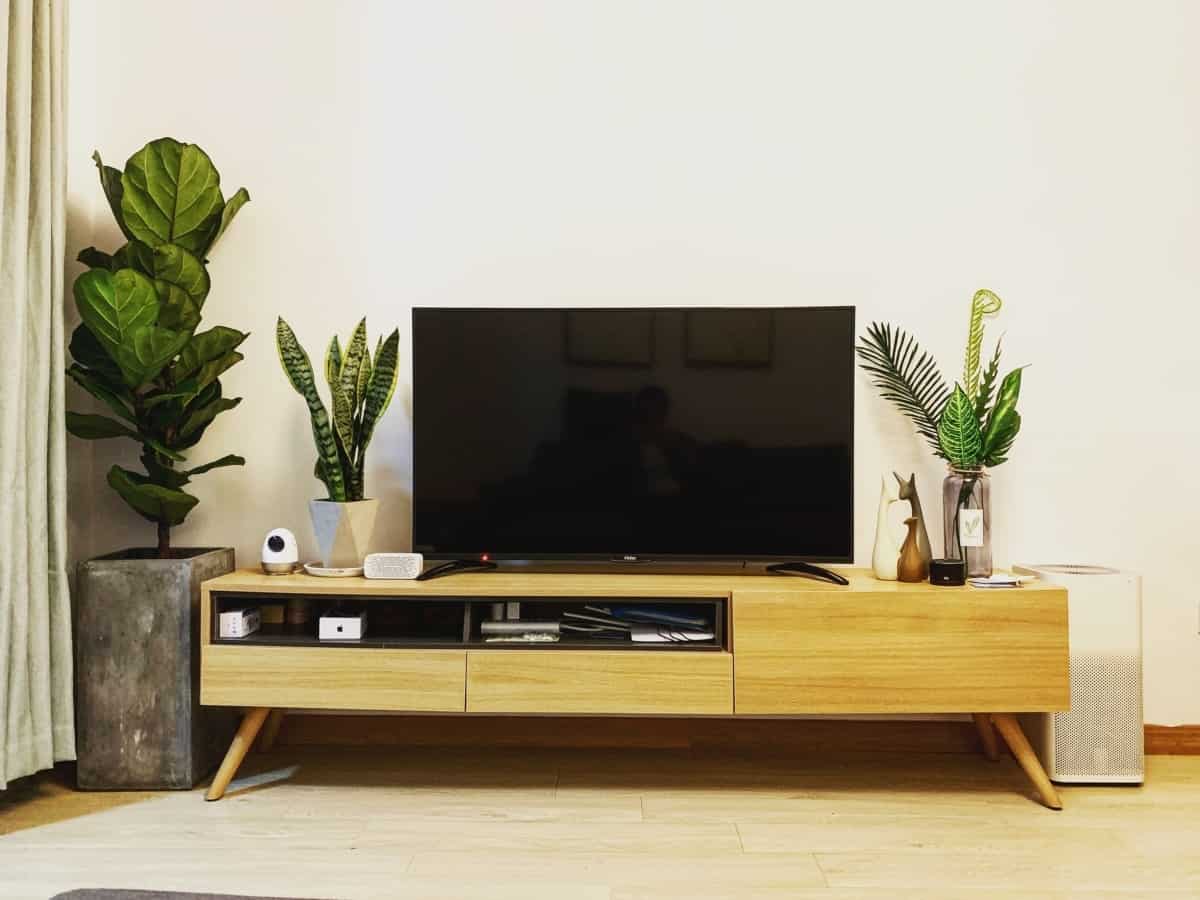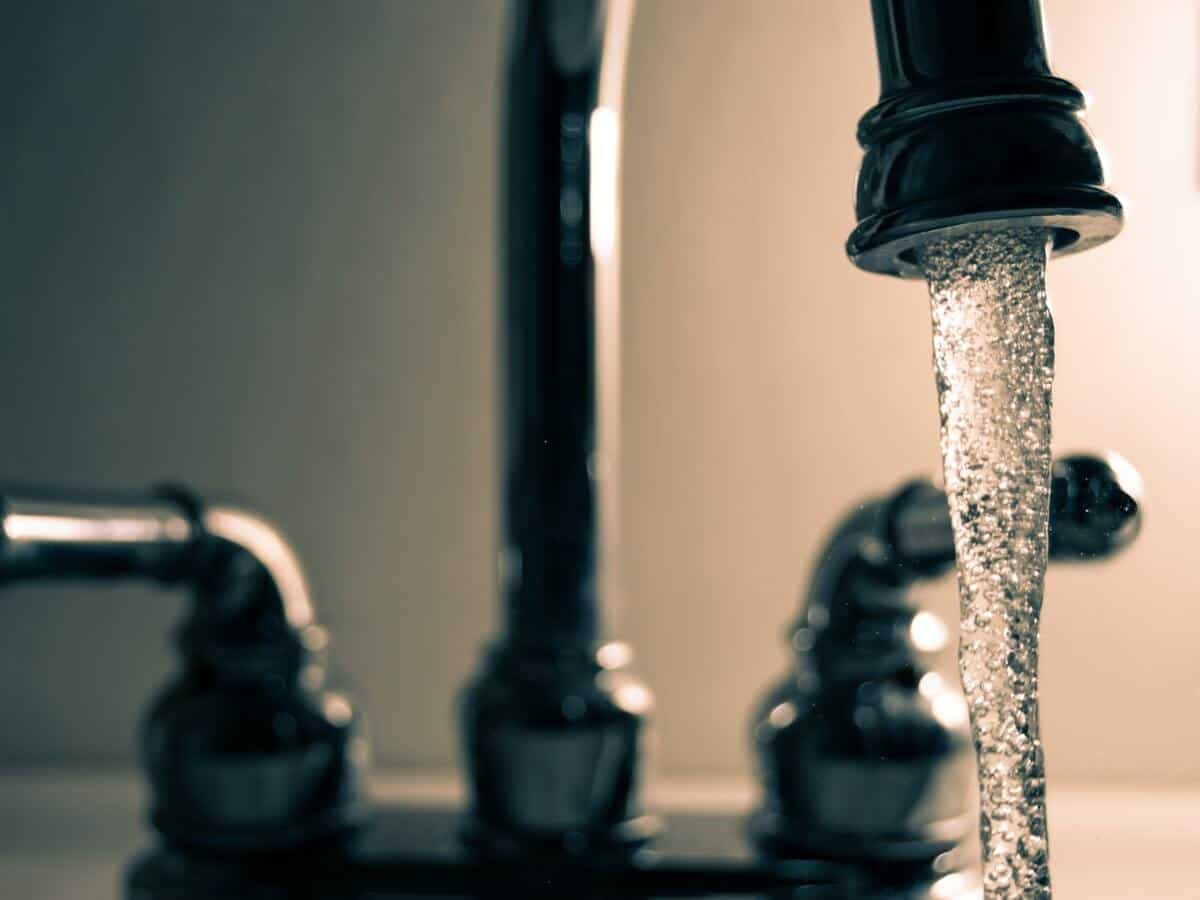After weeks or months of searching, you have found your new home or apartment! You’ve signed your paperwork and are looking forward to moving into your new space. At this point, you pause to think about what’s ahead of you — what needs to be done before you can get comfortable in your home? Likely one of the first things that come to mind is setting up your utilities. After all, what makes a house more like a home than running water and the internet? So let’s talk about how to set up utilities in this brand-new space.
Determine Which Utilities You Need
Not all locations have identical requirements for utilities, but most places have similiar service needs. Before you move, you will want to know which utilities you are responsible for to know where to start. Some standard utilities to expect:
- Electricity
- Water/sewer
- Trash/recycling
- Internet
- Cable TV
- Telephone (Landline)
- Natural Gas
- Security Systems
Apartments
If you are moving into an apartment, talk to your landlord about which utilities you will need to set up in your name. This information is also available on your lease. If you are becoming a homeowner, consult your homeowner’s association if applicable. Some of your utilities will likely be contracted directly with your city or area. There will be slight variations in how to set up utilities in your area.
Once you know what utilities to set up, it is time to start! There are several steps to selecting and setting up your providers, but one thing is true: make sure to leave yourself a few weeks before your move-in date so that all transfers are ready on move-in day. When your appointments are scheduled, you can have peace of mind that you will be prepared to go.

How to Set Up Internet
In today’s world, staying connected is one of the most important things to do. This is especially true if you are a professional working from home. You need reliable internet service from day one, so you do not see any disruptions to your work productivity.
If you are like many folks, you also rely on reliable internet for entertainment, as most households now subscribe to at least one streaming service. You do not want to rely on your mobile data for the first few days — that can get expensive. So how to set up utilities and start?
Before You Move
First, you’ll want to decide if you will keep your current internet service provider (ISP) or you will look for a new one. Follow up with your current internet service provider and see if they provide services in your new neighborhood. If you would rather switch providers, that is okay, too — you can use this site to see what other providers are available in the area.
If you stick with your current provider, call your service provider to determine how they complete address switches. Usually, your provider will have a number you can call or a website you can reference to transfer your service to the new address. Set up your appointment time, and you will be well prepared! Alternatively, your provider may offer a self-installation kit that you can set up yourself.
Note: If you bundle any other services with your internet provider, you can usually complete the setup in the same appointment. To get the best possible appointment, contact your provider around three weeks before your move date. This is especially important if you move during a peak moving season, such as college move-in day in August.
Make sure you have the equipment that you need. You will need a modem and router, which are devices that connect your home network to your ISP and allows your devices to use that network, respectively. Some ISPs provide these for you, but there may be scenarios where you might want to purchase your own to avoid additional monthly equipment fees.
At Your New Place
If you are setting up your modem and router, follow the home installation kit’s steps from your ISP. If you can reuse your router from your last house, you can have the same username and password that you had previously. Last, if you have a new router, the default password and name will be printed on the router (this might be a sticker on the box) or included in the user manual.
Make sure to change the default username and password for better home security! Once you have an internet connection, your next step is to connect your devices to the internet. You’ll want to start with your critical devices like your computer and cell phone. Test your internet on one of these two devices to ensure it works how you need it before you connect other devices.
Connect the remainder of your devices. Congratulations, you are connected!

How to Set Up Cable Utilities
Your favorite sports team is about to play this weekend, and you could not be more excited – unless you were physically driving out for the game. You want to be sure you are all set up and ready to go so you can enjoy the game.
Often, you can bundle your internet and cable television from the same provider. Many of the steps you need should be covered in the section above on how to set up utilities if you are bundling.
If you are keeping your current provider and just switching addresses, you can take your cable box to your new home without needing another one. But if you decide to subscribe to a new service, your company may deliver a cable box to your home for you to install or have a professional assist.
To get started, find where your cable will connect to the wall, so you know where to plug it in. You will then attach the cable to your cable box. From there, you need to connect the box to your television. We recommend using an HDMI cable to get the best picture quality.
Electricity
Electricity is an essential utility that controls heating and cooling in your new home, as well as lights and other items.
Before you move, determine if you need to change utility companies or if your current company services your new neighborhood. If it is the same company, they will have your information on file. This will make it easy to transfer your service. It is not unusual to have only one available company for electrical services though there may be different plans that you can consider. You will want to review the options for sustainable energy use, as well.

Water / Sewer
Moving into a home means you will have a municipal services utility bill. This can include water, sewer, trash, recycling, and stormwater. As these services depend on your neighborhood and city, follow the instructions on your city website.
If you are signing on a house, your title company may have facilitated the transfer already. If you are in an apartment, review if this service falls under your lease.
Home Security
While not a traditional “utility,” home security is becoming more popular and essential. If you have not had home security before, now is an excellent time to look at your options. Technology has advanced so that you have many options for cameras and other equipment you can check while you are out and about. ONIT Home offers home security that you can monitor from a mobile application. With innovative home technology, you can watch for carbon monoxide and smoke to keep your family safe and sound.
Natural Gas
Your home or apartment may or may not have natural gas. It is becoming more common, especially in apartments, to use electricity for traditionally gas-powered services.
First, check with your landlord or homeowner’s association to determine if this applies to you. If you have a gas stove, then you will need natural gas.
The standard turnaround time for stopping and starting service is usually around a week, so ensure you have enough time left before your move-in date.



